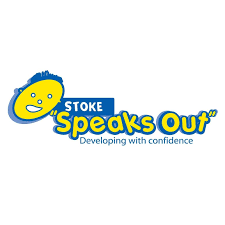How to make sure children and young people at risk of speech, language and communication needs are identified early and effectively
You haven't selected an area yet so you will only see core resources from across the UK. Select your local area from the home page
The resources here will help you reach the outcome: "I know how to make sure children at risk of speech, language and communication needs are identified early and effectively."
Click the star icon ![]() next to the items you want to save and view them in your pathway
next to the items you want to save and view them in your pathway
What are the signs of DLD?
Leaflet outlining 10 key signs that indicate a child may have DLD.
Cost: Free
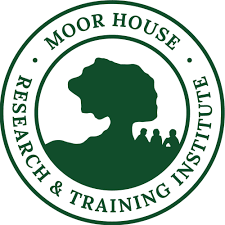

A Guide to Identification - Worcestershire SLCN Pathway
Identifying SLCN can be problematic for many reasons. Children and young people may have other difficulties as well as SLCN, they may have a wide and complex range of needs and therefore there can be co-occurrence with other diagnoses. SLCN is often considered to be a 'hidden disability'. Some aspects of SLCN are more visible than others, particularly those associated with speech sounds, others are less so. We know that early identification leads to better outcomes for children and young people, so the sooner a need is identified the better.
The Worcestershire SLCN Pathway guide and tools help practitioners to support identification of SLCN.
Download Worcestershire SLCN Pathway's Guide to Identification
Cost: Free



Identification Tools for School Age Children - Worcestershire SLCN Pathway
The Worcestershire SLCN Pathway guide and tools help practitioners to support identification of SLCN.
Tools for school age include: developmental norms, the child's voice, early warning signs for school age and tools for identification of need in both primary age and secondary age.
Download Worcestershire's SLCN Pathway Guide to Identification
Download Parent discussion template
Download Early Warning Signs for School Age
Download Identification of Need for Primary Age
Download Identification of Need for Secondary Age
Cost: Free


TCT Building a Profile
This document has been designed to guide you in making a referral to speech and language services. Being aware of the different types of speech, language and communication needs (SLCN) will make it easier for you to describe the child's difficulties accurately, enabling them to access the right support as quickly as possible.
Cost: Free
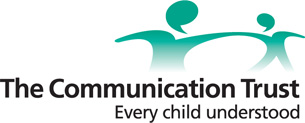


Worcestershire Identifying SLCN
Identifying SLCN can be problematic for many reasons: children may have other difficulties as well as SLCN, they may have a wide and complex range of needs and therefore there can be co-occurrence with other labels and diagnoses. SLCN is often considered to be a 'hidden disability'. Some aspects of SLCN are more visible than others, particularly those associated with speech and sounds. Others are less so, for example the child who is experiencing difficulties understanding or using language may appear to be inattentive, passive or even rude. There are children who become very skilled at hiding their difficulties, e.g. by watching other people so they know what to do or by pretending they know when they don't. SLCN may be missed altogether or masked by these other characteristics. Here you will find information to support you to identify SLCN.
Cost: Free


Enquiry Line
The Speech and Language UK Enquiry Service gives parents a chance to discuss questions or concerns about their child’s speech, language and communication development with one of Speech and Language UK’s speech and language therapists. The therapists can give helpful information about children’s talking and communication development as well as tips on improving these skills. They can also offer advice on ages and stages and what can be done to help the child get the right support.
Cost: Free




Progress Checker
Speech and Language UK's progress checker provides parents with short questions they can answer to see how their child is getting on with their speech, language and communication development.
Cost: Free



Afasic
Afasic supports parents and carers with young children who have difficulties with listening, talking and understanding others. Here is information for you use and to share with families of the children you support. It includes a wide range of information about talking, listening and understanding and what might cause these difficulties. If families are worried that their child is not talking or not saying as much as other children of their age, they can contact Afasic by telephone or email to speak to someone who can help.
Cost: Free




Afasic Parent Helpline
If a parent is worried about their child / young person's speech, language and communication, share this Afasic helpline information so that they can speak to someone who can help by telephone or email.
Cost: Free




Speech and Language UK Ages and Stages
This is a guide to the typical stages of speech and language development in children. Children develop language at different rates. However, understanding what is typical can help you identify speech and language problems early. This page also provides information about how to support children's development.
Cost: Free




Universally Speaking 5-11
Universally Speaking is a series of booklets for anyone who works with children and young people. The booklets show where children should be with their communication skills at any given age. You can use the booklets to find out whether the children you work with are on the right track, what helps them learn to talk and listen and what to do if you have concerns about any of their communication abilities.
Cost: Free




What's typical talk at primary?
This poster is an easy reference for teachers to understand children's speech and language development from 4-11 years and supports them in identifying children who may have speech, language and communication needs.
Cost: Free


LanguageScreen
LanguageScreen gives education professionals a quick and accurate assessment of a child’s oral language skills which provide the foundation for the development of literacy skills and formal education more broadly. Automated language screening can provide a way of indentifying children who would benefit from language intervention. LanguageScreen has been shown to be reliable, valid and easy to administer.
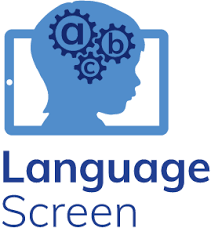

WellComm Toolkit
The WellComm Assessment is for use with any child aged 6-11 years and enables practitioners to evaluate children's language skills, draw up a detailed profile and identify children at risk of having difficulty in developing language skills. It identifies those children who need setting-based monitoring and support and those who need referral to specialist support services. The screen is completed through observation and by asking children to carry out a variety of tasks ensuring that results obtained and conclusions drawn are more accurate than using one approach alone.
The WellComm Big Book of Ideas has been designed for use following a WellComm assessment of any child. It includes general strategies as well as very specific activities to develop and improve children's speech and language skills and can be implemented by any practitioner or parent. The activities are used to develop the particular skills highlighted for support in the assessment - this means that the activities delivered are specific and appropriate to the individual child language development stage and can be used in the school or at home.
Training videos are included in the toolkit.




Talk Boost KS2
Talk Boost KS2 is a targeted intervention aimed at 7-10 year old children with delayed language, aiming to boost their language skills helping them to catch up with their peers. The programme aims to accelerate children’s progress in language and communication, after an eight week intervention.
Cost: £



TCT Progression Tools Primary
The Progression Tools are based on typical speech and language development and provide a way of tracking progression of these skills over time or following interventions. The Tools are not a diagnostic tool, however they do provide information to help decide whether children and young people would benefit from a targeted intervention or specialist assessment and support.
Cost: £
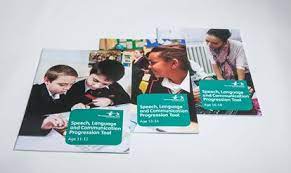

Speech Link
Speech Link is used to identify and support children with developmental speech sound difficulties. Launched in 2003, it is still used widely throughout the UK to help schools decide who needs to be seen by a Speech and Language Therapist and those at risk of literacy difficulties. Suitable for children aged 4 to 8 years, Speech Link helps demystify speech work and helps you to work effectively with children’s common speech sound errors.
Cost: £
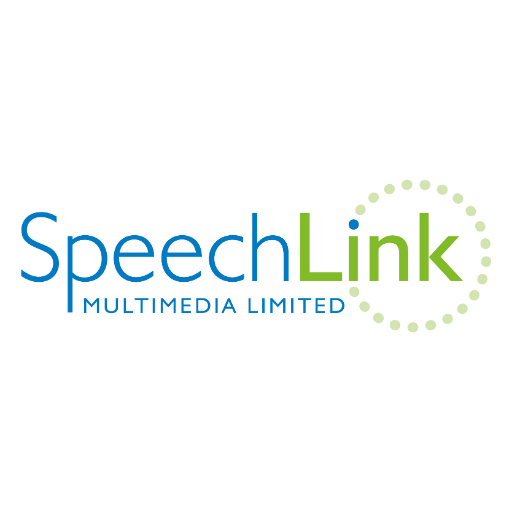


Infant Language Link
Infant Language Link is an innovative online package used to identify and support children with mild to moderate SLCN and those new to English. The assessment will also identify any children who may have more severe language needs, such as Developmental Language Disorder (DLD), so that these children can be considered for further investigations and diagnostic assessment with your local Speech and Language Therapy team. Suitable for children aged 4 to 8 years, 500 colourful resources, 12 planned termly language groups, 24 individual teaching plans and 52 handouts for parents make this the most comprehensive SLCN package available for schools.
Cost: £



Junior Language Link
Junior Language Link is an award winning package used to identify and support children with mild to moderate SLCN and those new to English in Key Stage 2. The assessment will also identify any children who may have more severe language needs, such as Developmental Language Disorder (DLD), so that these children can be considered for further investigations and diagnostic assessment with your local Speech and Language Therapy team. Suitable for children aged 7 to 11 years, it focuses on vital higher level language skills such as making inferences, complex grammar and figurative language.
Cost: £



Stoke Speaks Out - Sound Development Checklist
An overview of the typical sounds children should be able to use in words at different ages.
Cost: Free
